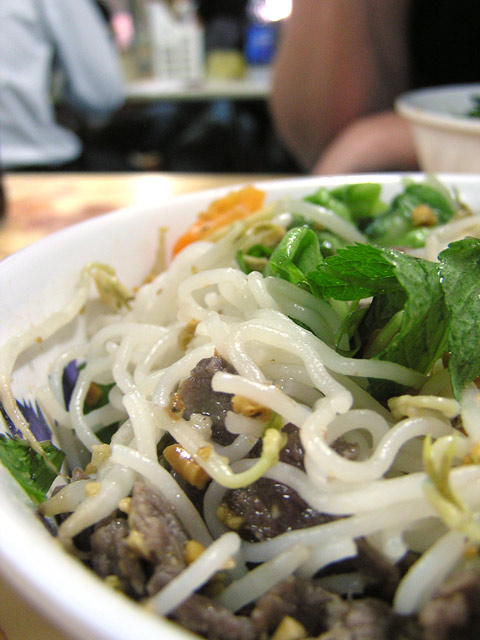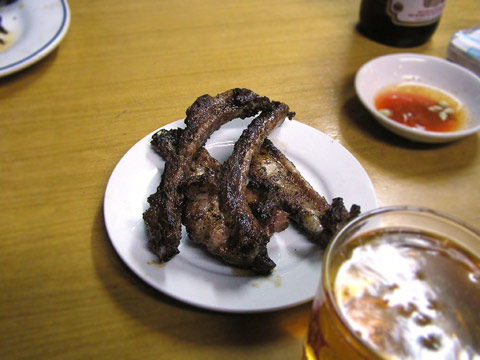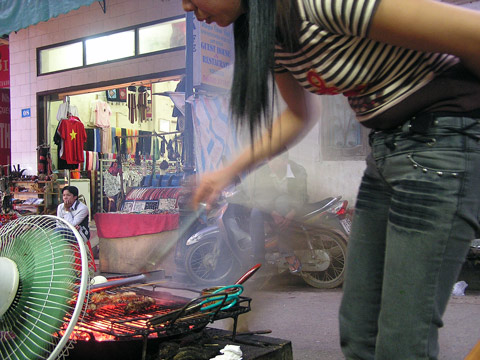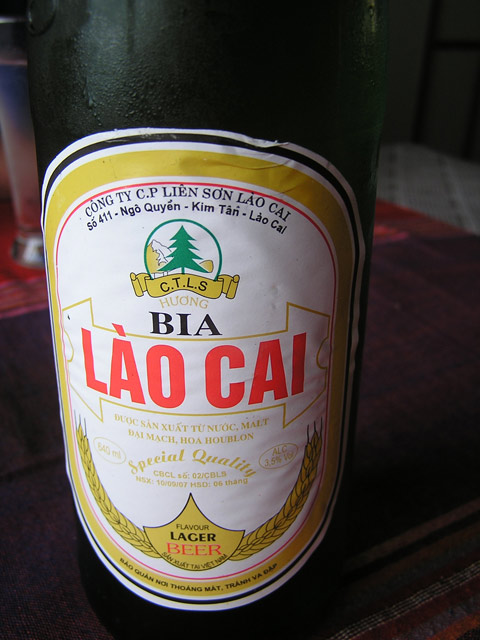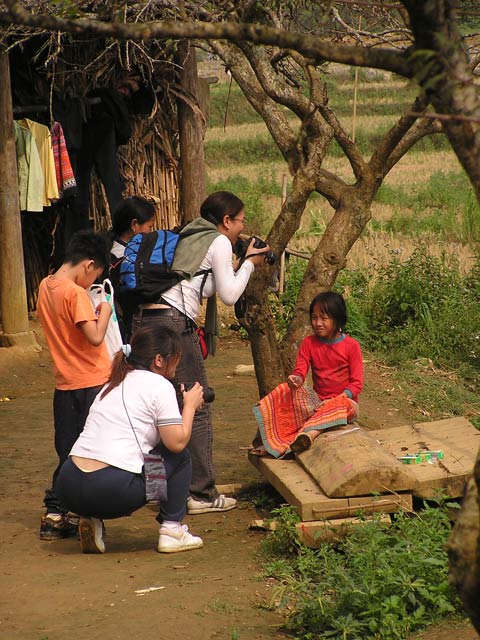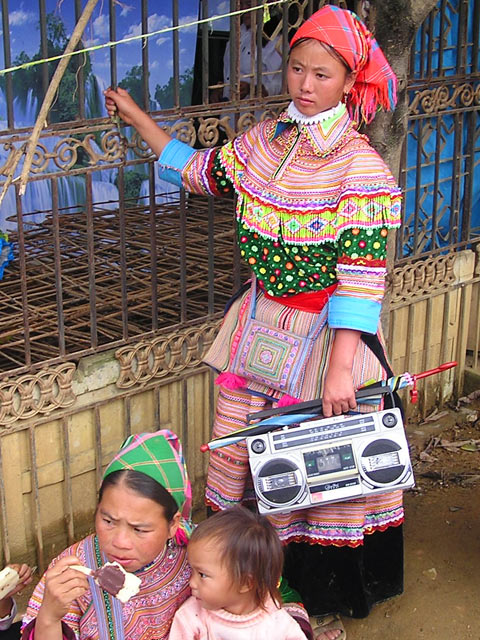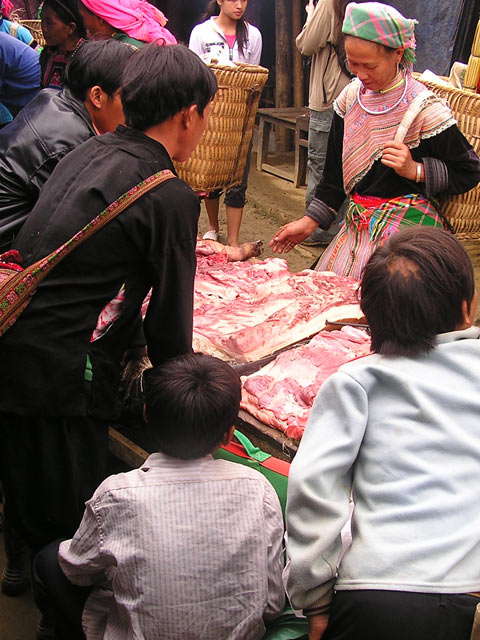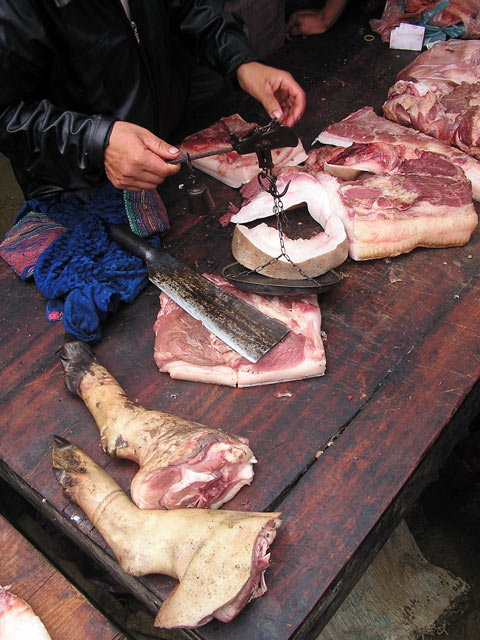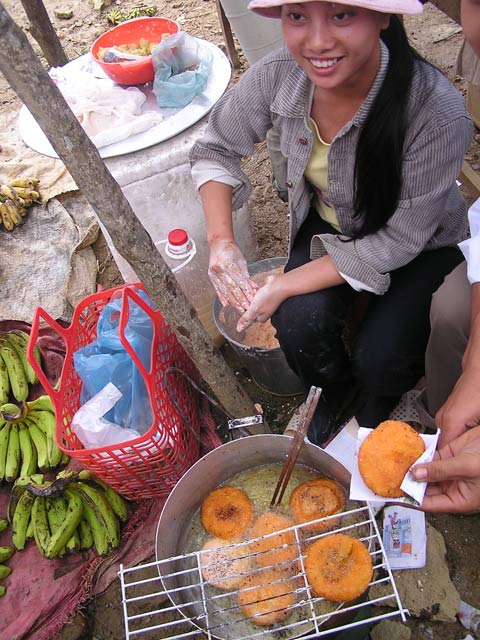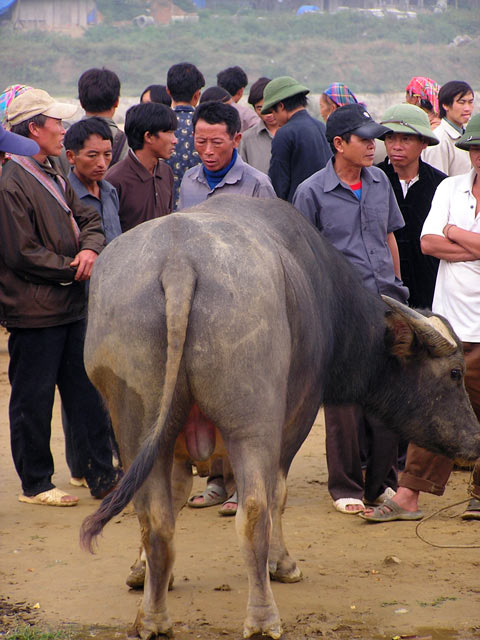When you wander into a restaurant and can’t speak the local language then there is a short moment when you steel yourself for the interaction with the waiter, who in most cases, will look as confused as you. Bun Bo Nam Bo in Hanoi circumvents this great moment to test out your miming skills by serving a single, eponymous dish in its long, packed hallway of tables. Sit down and your beef noodle combination arrives before you can imagine what Marcel Marceau would do, if only he could escape from that glass box in time for lunch.
The servery out the front pumps out endless bowls of the beef-packed noodles, topped with crushed peanuts, slices of fresh carrot, paper thin wafers of papaya and a fistful of fresh bean shoots. A layer of greenery lies beneath the white bun. Despite the freshness of the vegie components, the beef shines through and dominates the dish. I don’t think that I’d be surprising anyone by saying that Hanoians love their meat front and centre of most dishes.
The eating hall has all the ambience of dark subway tunnel with patrons eating quickly enough to suggest that they know when the oncoming train will arrive. A mezzanine level seems tacked on above the fray, with a ceiling not more than four feet high. Underfoot lies a layer of banana leaves, discarded in the frenzied destruction of nem chua, small packages of cured pork.
Location: Bun Bo Nam Bo, 67 Hang Dieu St, Hanoi
See also: Stickyrice’s coverage
